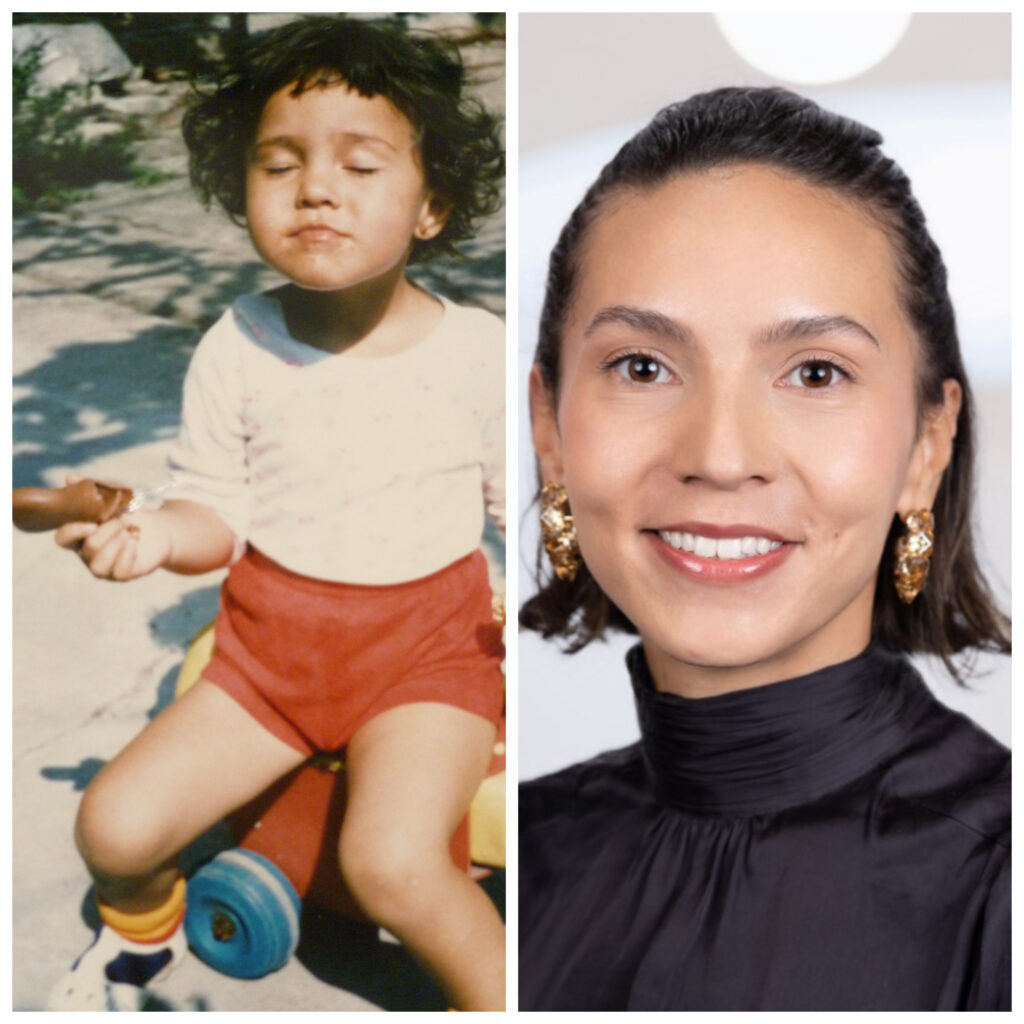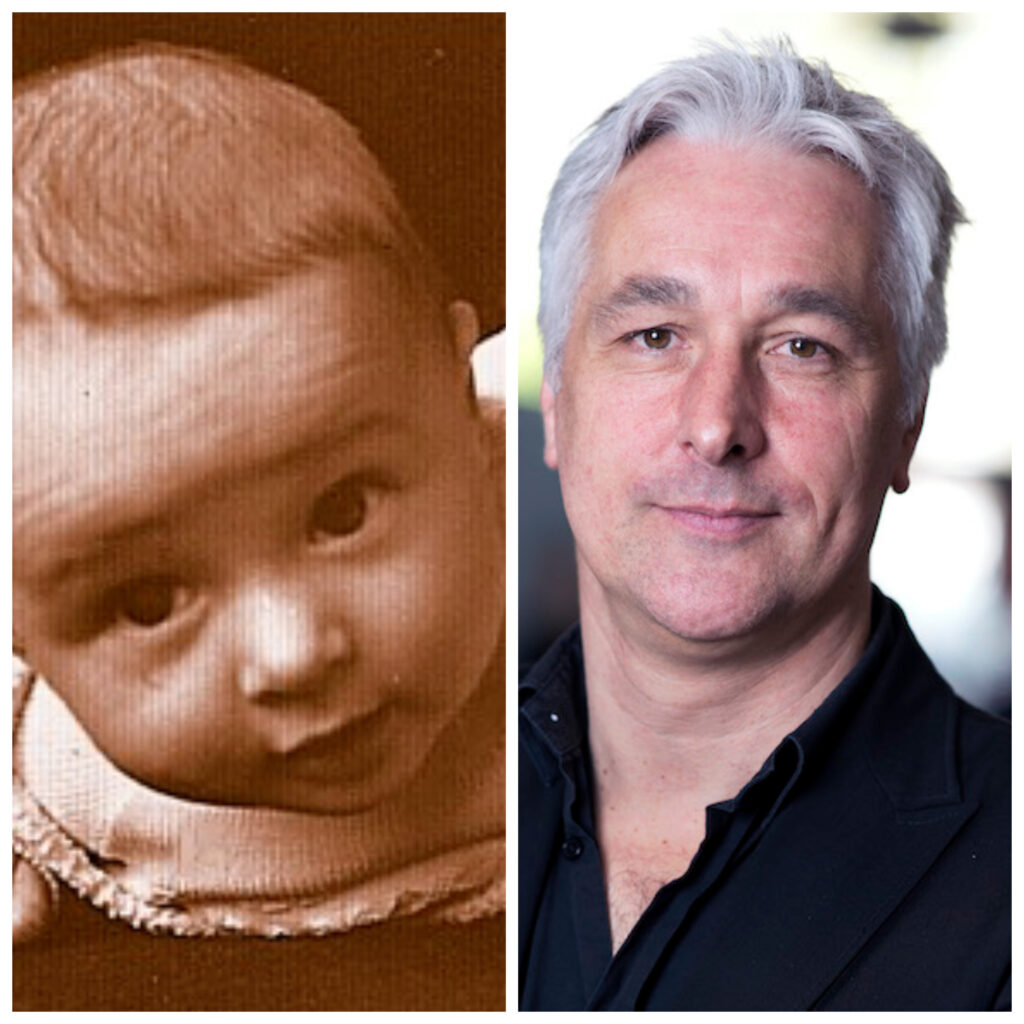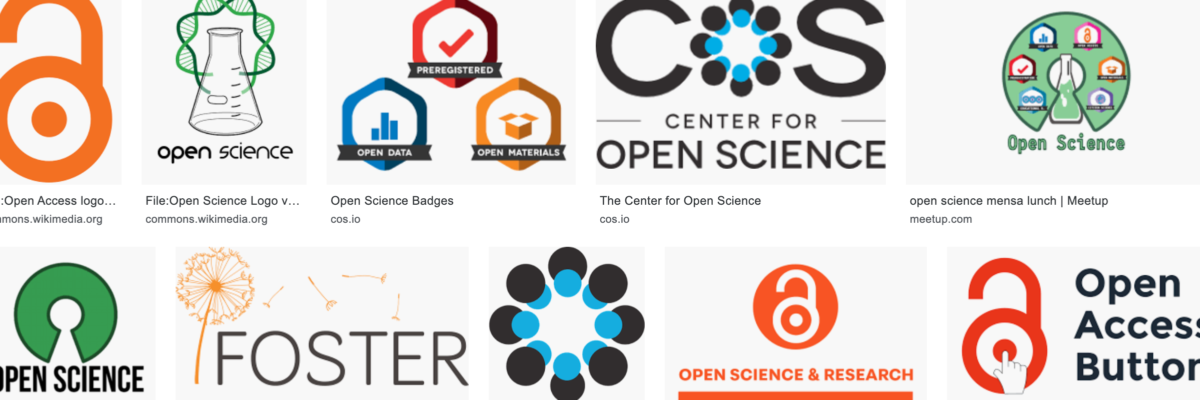
Infant research often deals with fundamental questions about the origins of human cognition, and observational methods for studying non-verbal behavior are at the heart of the field. Over the first year of life, infants become increasingly more purposeful in exploring their visual world through eye movements and engaging with others by expressing emotions. In my PhD projects, I design, apply, and assess infant-friendly measurement methods to study looking behavior and affective facial expressions.



